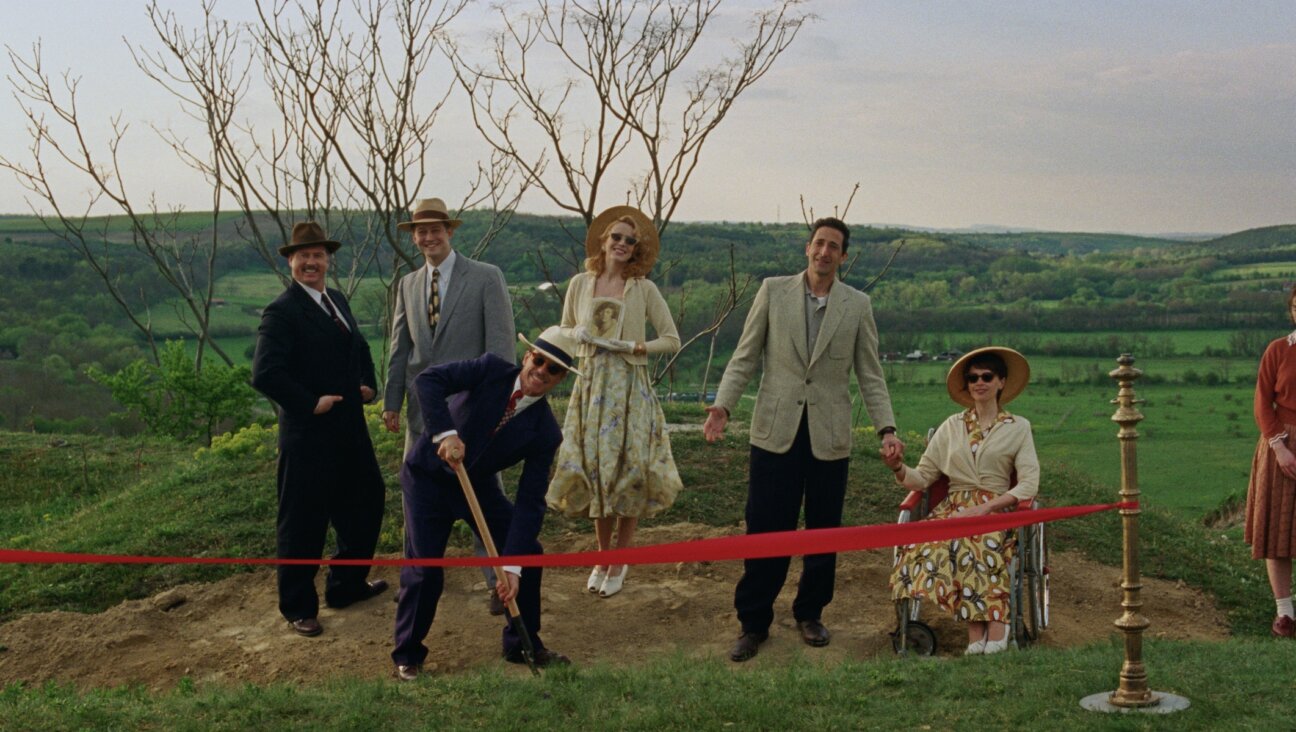Nose Job as Art

The human body is the canvas in I Am Art — An Expression of the Visual & Artistic Process of Plastic Surgery, an exhibition at Apexart, a nonprofit space in downtown Manhattan. The exhibit presents plastic surgery as work that often requires “a great deal of artistic skill,” depending on the type of procedure, the level of difficulty and the needs of the patient. Rhinoplasty (nose job), for example, demands a sharp artistic sensibility in the surgeon, since no two noses are the same and the procedure often yields dramatic alterations, the show’s Web site notes.
Curated by New Jersey plastic surgeon Anthony Berlet, who is also trained as an architect, I Am Art features work by Berlet and three other plastic surgeon/artists. Videos and photos that detail before, during and after stages of surgery are displayed in the gallery, and as Holland Cotter notes in a New York Times review, the show is not for the faint of heart. Indeed, a sample video on the I Am Art homepage left me a bit queasy.
Berlet states on the exhibit’s Web site that one of their goals is to convince viewers that plastic surgery is not simply a sign of excess. The show explores an array of procedures, including breast reconstruction after cancer and the correction of birth defects, as well as face lifts and tummy tucks. Berlet writes:
This show conveys the great care with which surgeons diagnose, counsel, prepare, execute and maintain our artistic creation, with vision, clarity, passion, ingenuity, compassion and, yes, art. Certainly there are pictures of the grotesque scary traumas and cancer defects. There are also pictures of the beauty that is the human form, in all of its various shapes and sizes.
It is of course indisputable that plastic surgeons often ease pain and suffering — both physical and emotional — and change thousands of lives. But how can an exhibit that features images of hook (aka “Jewish”) noses transformed into tiny upturned buttons truthfully claim to convey the beauty of the “human form, in all of its various shapes and sizes”? What is the definition of beauty here? Are the “after” images, the artistic creations, really more beautiful than the “before”? It’s also worth noting, as Cotter mentions, that all of the artists in the show are men, while most of the subjects are women. But that’s fodder for another post. I agree with Berlet that plastic surgery sometimes requires creative skills similar to those of, say, a sculptor or painter, but I’m not convinced that this show presents a truthful examination of human beauty, beyond the standards dictated by editors at fashion magazines.
A message from our Publisher & CEO Rachel Fishman Feddersen

I hope you appreciated this article. Before you go, I’d like to ask you to please support the Forward’s award-winning, nonprofit journalism so that we can be prepared for whatever news 2025 brings.
At a time when other newsrooms are closing or cutting back, the Forward has removed its paywall and invested additional resources to report on the ground from Israel and around the U.S. on the impact of the war, rising antisemitism and polarized discourse.
Readers like you make it all possible. Support our work by becoming a Forward Member and connect with our journalism and your community.
— Rachel Fishman Feddersen, Publisher and CEO























